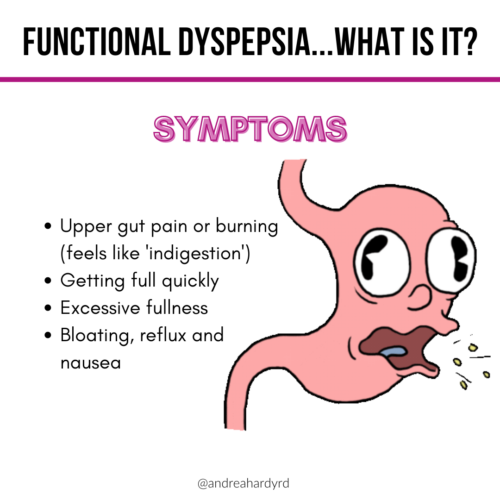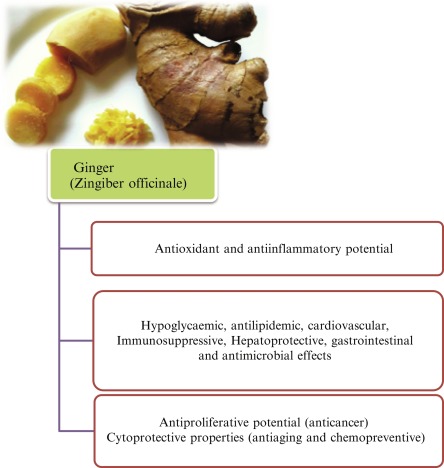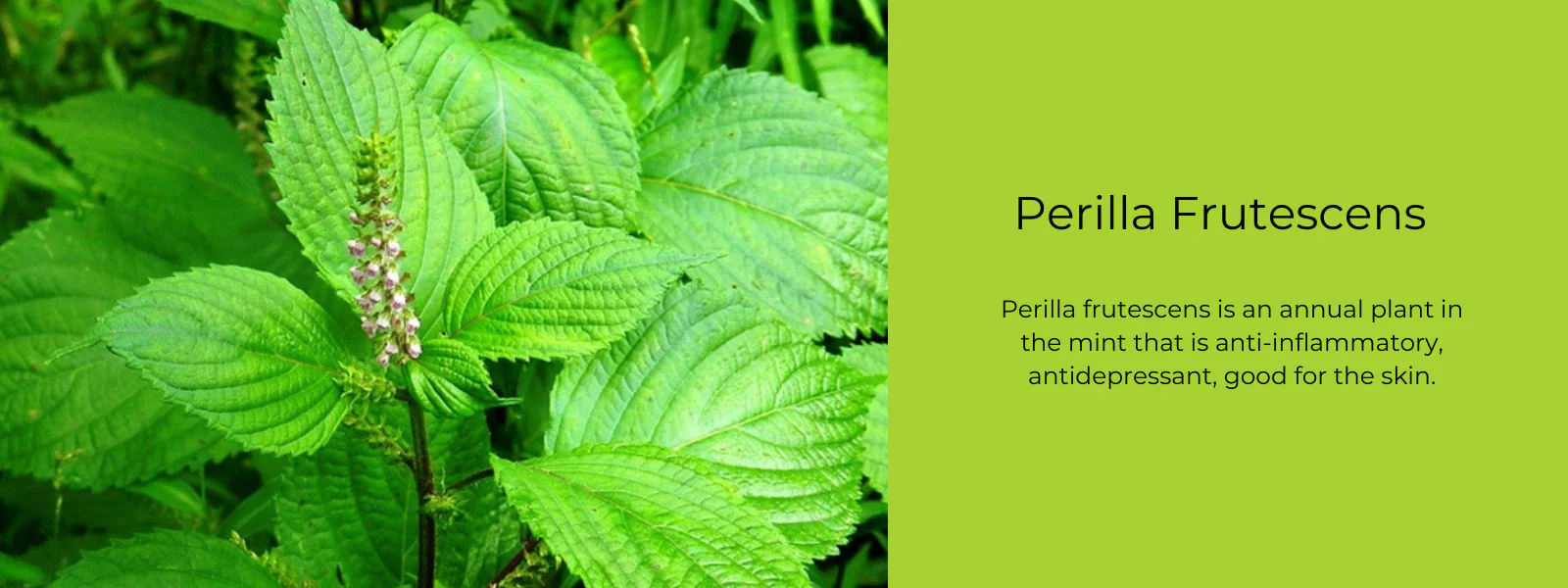
Functional dyspepsia (FD) is a condition characterized by bloating, early satiety, belching, nausea, vomiting, and recurrent/chronic fullness of the upper abdomen.1 Furthermore, FD affects as much as 40% of the Eastern industrialized nations and has presented a socioeconomic burden to society while threatening human quality of life and overall health.1(1),2 Most relevantly, standard modes of treatment have provided only a modicum of efficacy and long-lasting effects, which has induced an urgent need for alternative interventions. One such solution could include the use of botanicals such as perilla and ginger. As such, the following will explore said plants and their effects upon FD.

Ginger, also known as Zingiber officinale, is a rhizome (plant stem with shoots and roots) which has been used for centuries as a food additive and flavoring agent.3(5) According to Di Pierro et al,2(36) ginger has been claimed to be useful in management of vomiting and nausea and likely due from active ingredients such as gingerols and shogaols present in said plant.2(36) Perilla, alternatively known as Perilla frutescens, is a plant whose leaves are commonly used within food dishes of Asian countries.
Its active ingredients, such as luteolin/apigenin/rosmarinic acid/conjugate derivates, have been shown (in vivo and in vitro) to induce prokinetic (increased bowel movement contractions), anti-inflammatory and antispasmodic effects; outcomes that would be appealing for individuals suffering from FD.2(36) Considering that both botanicals have potential therapeutic effects for said condition, the following will consider a study (including primary and secondary endpoints) by Di Pierro et al2(36) which said plants were combined as a singular modality in managing FD.

Di Pierro et al2(36) conducted a retrospective analysis investigating the contribution of a perilla/ginger nutraceutical product in treating and managing the symptoms of FD. All eligible subjects were over 18 years of age and were diagnosed, using Rome III criteria, with FD.2(36) Furthermore, exclusion criteria included the presence of hematopoietic disease, kidney disease, liver disease, heart disease, hormonal imbalances, brain disease, gastrectomy, substance abuse, alcoholism, schizophrenia, and pregnant/lactating women.2(36)
Primary endpoints included subjects evaluating their own symptoms both at baseline and at week 1 and week 2 of the intervention, while secondary endpoints included tolerability of the intervention associated with the therapy.2(37) Participants were instructed to consume the aforementioned nutraceutical twice a day for 14 days (a half an hour before lunch and dinner). Each tablet contained 150 mg of a multi-fractioned extract from Perilla frutescens leaves and 375 mg of Zingiber officinalis root extract (22% gingerols and shogaols).2(37) The following will explore said findings in greater detail.

Over the course of the 14-day experiment, 58 participants successfully completed the study. Interestingly, the researchers noted a very significant trend in the 80-90% reduction of nausea and epigastric discomfort when compared to baseline levels.2(37) Furthermore, early satiety and borborygmi (gurgling of the stomach) were also significantly reduced by 70% when compared to baseline values in addition to 30-60% reductions in gastric reflux and heartburn.2(37) Other notable improvements included a 70% reduction in constipation/diarrhea scores.2(37)
In essence, the results of the aforementioned study demonstrated the effectiveness of combining ginger and perilla for managing FD. Furthermore, no serious side effects were reported by the participants or observed by the researchers suggesting that such a combination of plants is likely safe. Although said study appears promising, caution should be exercised as it was not a prospective, randomized, double blind, placebo-controlled study. However, it is this author’s opinion that the research did indicate the efficacy of ginger and the possible synergistic effect of perilla.
In conclusion, FD is a condition characterized by bloating, early satiety, belching, nausea, vomiting, and recurrent/chronic fullness of the upper abdomen. Furthermore, FD affects as much as 40% of the Eastern industrialized nations and has presented a socioeconomic burden to society while threatening human quality of life and overall health. Despite the seemingly widespread reach of FD, research continues to elucidate and suggest the effectiveness of botanicals in treating and managing said condition. Ultimately, said interventions could be implemented as an adjunct and/or a replacement to conventional therapeutic approaches, while lowering dependency on pharmaceuticals and providing an alternative with less side effects.
References
1. Yan L, Yu L, Zhao L, et al. Efficacy of Weikang Pian in patients with functional dyspepsia: A double blind, randomized, placebo-controlled clinical trial. Evid Based Complement Alternat Med. 2019;2019:1-11. doi:https://doi.org/10.1155/2019/4827046.
2. Di Pierro F, Giovannone M, Saponara M, et al. Efficeiveness of a nutraceutical supplement containing highly standardized perilla and ginger extracts in patients with functional dyspepsia. Minerva Gastroenterol Dietol. 2020;66(1):35-40. doi: 10.23736/S1121-421X.19.02650-3.
3. Askari G, Aghajani M, Salehi M, et al. The effects of ginger supplementation on biomarkers of inflammation and oxidative stress in adults: A systematic review and meta-analysis of randomized controlled trials. J Herb Med. 2018:1-26. doi:10.1016/j.hermed.2020.100364.2.
-Michael McIsaac
